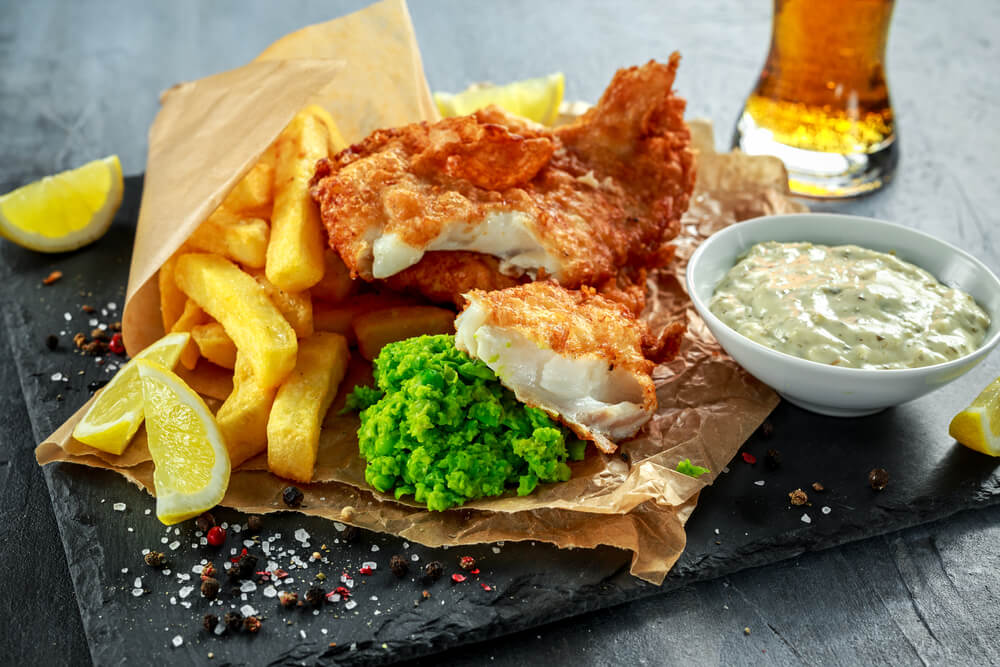History of British Pubs
Pubs are considered an important part of British culture. This is unsurprising since we might have actually invented them! Before they became the safe havens we know them as today, they are thought to have started off in Britain as Roman taverns. As the focal point of many communities, having a ‘local’ pub is a thing of pride for many Londoners. The city loves its pubs so much that some train stations are named after the nearby drinking hole!
Aside from the beer, you can’t beat the famously tasty British pub grub. London is well-known for its historic collection of drinking taverns serving hearty pub-classics. Read on to learn the history of pubs and hear about the best British pub food in London.
Pubs are an important part of British culture. The drinking holes that we know today have a fascinating history that spans across centuries. They have quietly witnessed Britain transform throughout the ages and stayed a friend to the public to help them through darker days.
In London today, it’s not unusual for students and city workers to consider the local pub an important part of their social lives – even if they don’t drink. No matter who you are or who you are with (even if that’s just yourself), the pub is a place where all are welcome at any time.
Pubs have been around since the Roman Empire. They first started to flourish when the Roman roads in Britain were initially constructed. Originally referred to as ‘tabernae’, they quickly became known as taverns where people could pitstop along the highway for food and drink.
When the Romano-British kingdoms fell apart in the 5th century, the Anglo Saxons evolved the idea into an alehouse. It was at this point that they stopped being known as just ‘useful’. They evolved into this incredible social hub where people gathered to connect and help the community. These meetings grew to be so important that it became law to receive a fine if you disrupted the peace at alehouse get-togethers!
Pubs continued to grow in popularity in Britain ever since those Roman times. They became subject to new laws declaring them ‘public houses’, which meant they must accept anyone in a reasonable state who was willing to pay the price of food, drink or lodging. This was an important part of the British pub’s history. They changed from gossip corners to places with social responsibility. But the rise of pubs also led to a rise in alcoholism. When it was more than noticeable, the crown imposed mandatory licenses for the selling of beer in an attempt to control the issues.
Fast-forwarding to the 19th century, the drunken state of London continued and was potentially at its worst. Beer was safer to drink than water (since water came from the sewage-ridden River Thames) and the people of the city knew it. Soft drinks were not on the menu and tea/coffee was an expensive imported drink that few people could afford. As a result, the people of London drank beer at all hours of the day as a way of refreshing themselves, rehydrating and fuelling up on calories – even the women and children. The impact of excessive beer-drinking was profound, with history books frequently remarking the drunken state of Londoners – falling off their horses in the morning, injuring themselves at work during the day and worse.
The only reason this collective drinking problem in London was put to bed was World War I, to save grain and encourage Londoners to stay more alert to help the war efforts. Rules were imposed that prevented pubs from opening in the mornings and afternoons, although an exception was made for market pubs. When negotiating sales in the hustling markets, the pub was considered the place of business. It’s why there are pubs called ‘early houses’ that are entitled to open in the early hours to serve beer, even today.
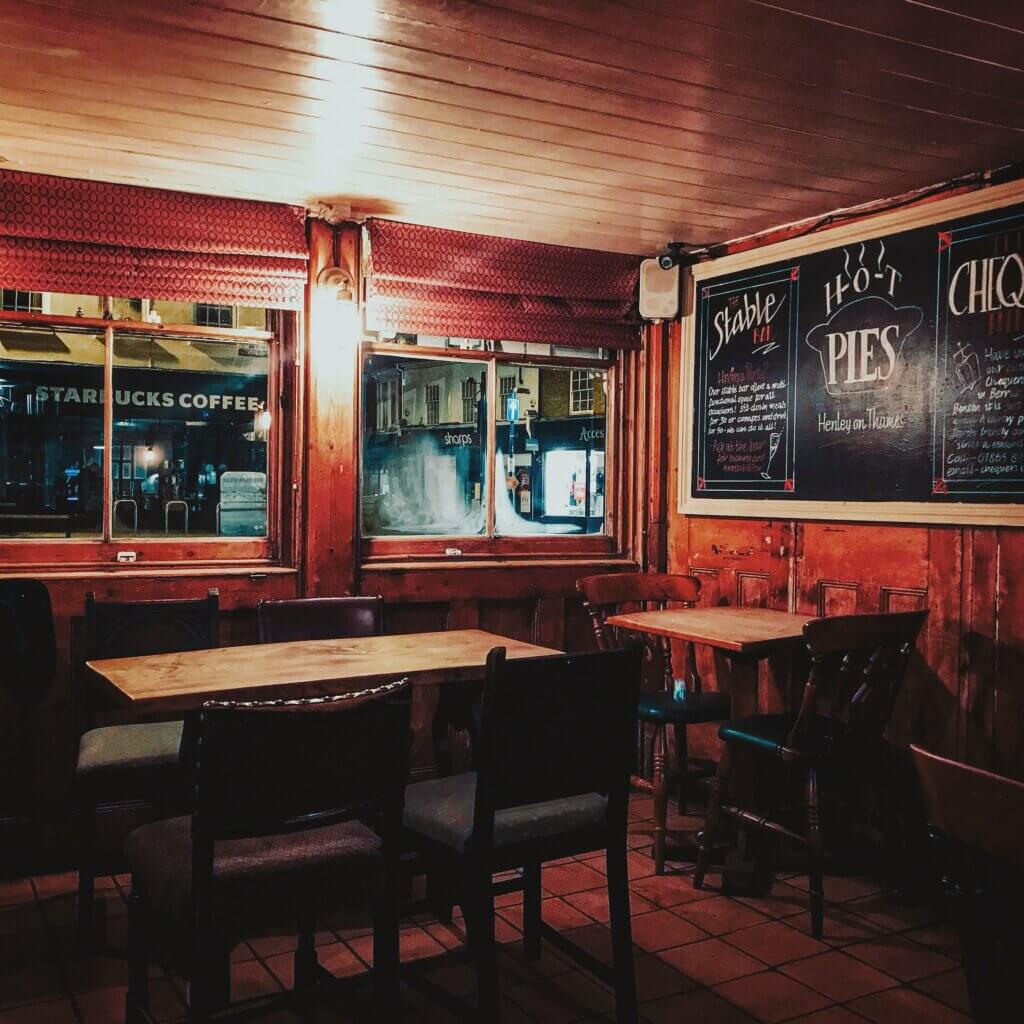
How do Pubs Work Nowadays?
If you’re new to the British pub scene, there are a few things you should know. There are some unspoken etiquettes. If you’re not familiar, here’s how things usually work.
Ordering food and drinks: At most pubs, the general expectation is that you order your food and drink from the bar. Table service isn’t usually provided in most pubs. There may be an exception if you are eating-in, where you might be able to order at the bar once and then be served drinks by a waiter or waitress at the table. In more modern pubs, you can expect to order via an app or website on your phone, which is less sociable, but a great way to skip the queues at the bar!
Unlike in restaurants, it is not common in the majority of pubs to leave a tip for the staff behind the bar. In fact, some pubs even have a rule against accepting tips! But if you’d like to express your gratitude to someone in particular, it’s best to ask them whether you can give them a tip and how you can do this.
Pubs are considered highly sociable places. It’s not uncommon for someone to strike up a conversation with a stranger at a pub. It’s also not unusual to find someone resting in a pub by themselves! They
You may hear this term when in a pub, either from others around you or the people you are with. It means that one of you will head to the bar and order (and pay for) the drinks for the rest of the group. Once you’ve finished that drink, the next person will do the same thing. It’s usually common etiquette for group pub-goers who are planning on staying together and leaving together, because that way no one under or overpays. If you’re planning on leaving early, ‘buying a round’ is probably something you’ll want to stay out of.
A bell ringing in the pub means it’s time to place your last orders at the bar. They’ll be closing soon, and this is your last chance to buy a drink before the pub closes.
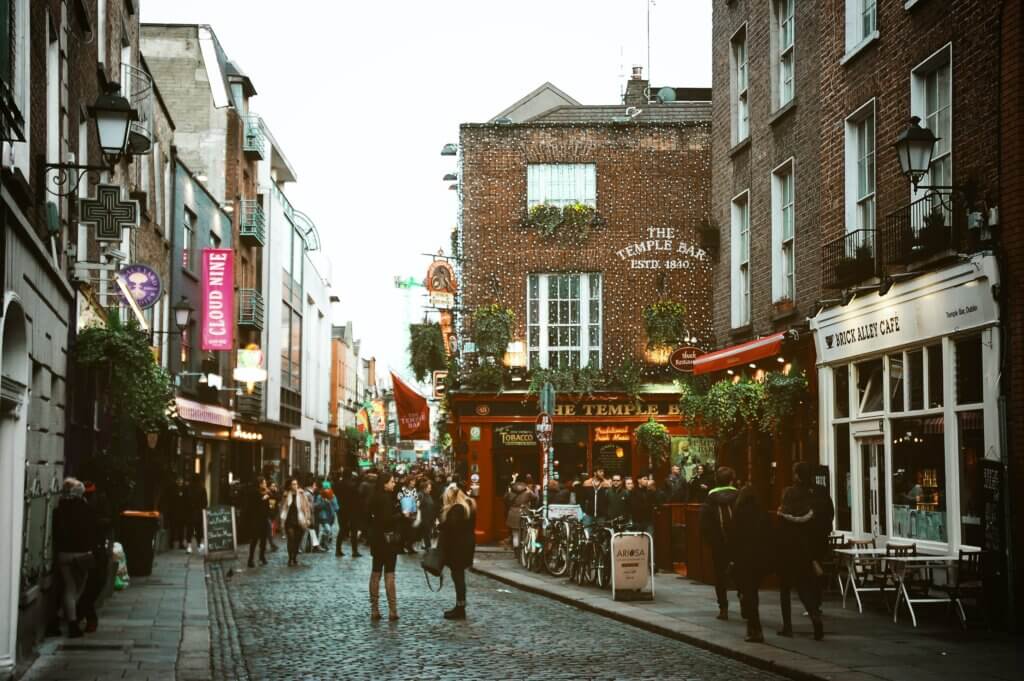
Ready to Find out Why British Pub Food in London is the Best?
Let’s get to it! Read on to hear about the best British pub food in London:
Begin with a Starter
In case you didn’t know, pubs aren’t just a place for a grab n’ go meal (although they are perfect for it). You can make a meal out of your visit and opt for a three-course dinner full of traditional pub classics! Here are four starters you can expect to find on any menu in London that makes the list of the best British pub food.
Whether it’s the ‘soup of the day’ or just a classic Heinz tomato soup, a heart-warming bowl of friendliness (with a side order of crusty bread and butter) is sure to make you smile. This simple starter can be found on the menu of almost any pub in London.
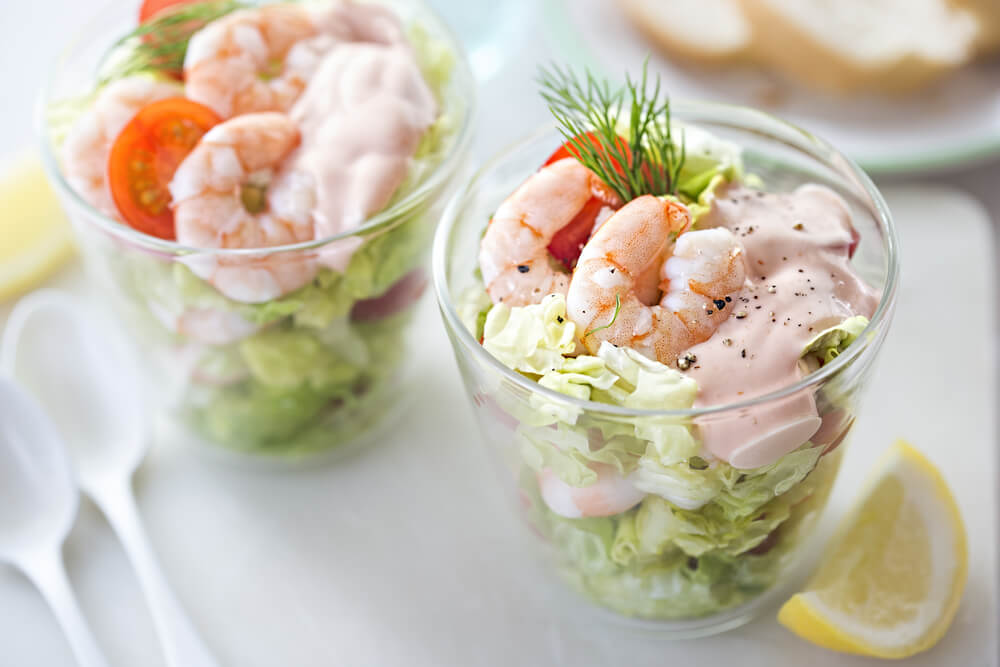
A classic British delicacy is the famous scotch egg! This rounded snack comprises of a boiled egg wrapped in sausage meat and coated in tasty breadcrumbs. It’s a cold snack usually served with lettuce and tomatoes for extra flavour.
Undoubtedly the perfect nibble to eat with your pre-meal drink, pork scratchings are one of the best British pub foods you can find in London! This bowl of tastiness is made up of a pork rind rendered to a crisp and lightly seasoned with salt for added tang. Fancier establishments may serve a delectable dip to complement these eatables, like sour cream or a delightful spiced-apple sauce.
The healthy prawn cocktail may be fizzling out of some modern pub menus, but we still think it’s timeless! Served in an elegant glass, this starter usually contains lettuce and peeled cold-water prawns for a refreshing sensation. The pink sauce drizzled on top is a self-invented relish made from store-cupboard ingredients. It’s usually a combination of mayonnaise, tomato ketchup, tabasco and Worcestershire sauce.
Onto the Mouth-Watering Mains!
Next up is the moment you’ve all been waiting for! Pub grub wouldn’t be the same without these traditional main courses you can expect to find in most London pubs.
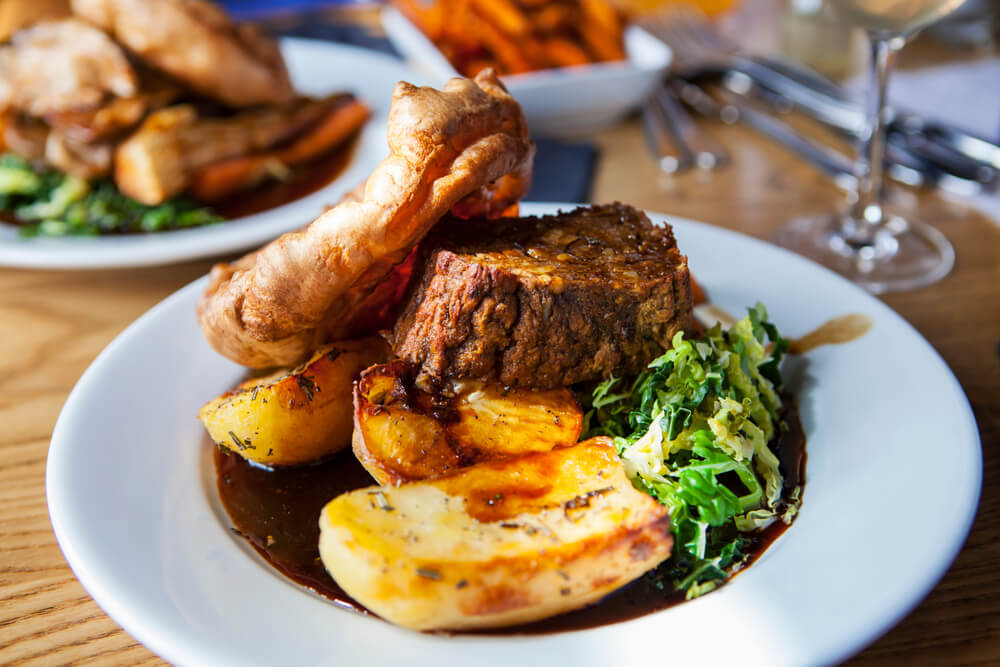
A traditional full English breakfast isn’t just for the early hours of the morning! The pubs of London (and almost anywhere else) often serve this breakfast at all hours of the day. You can expect to enjoy bacon, sausages, eggs, black pudding, baked beans, tomatoes, mushrooms, and a few slices of toast. If that doesn’t sound filling enough, some pubs will even offer hash browns or a plate of chips on the side. To wash it all down, this meal is best served with tea, coffee, or juice.
The reason this meal is so huge is because British workers in the fifties needed a filling meal to get them through the day. We can say with certainty that they were successful! What started off as a stuffing breakfast is now one of the most internationally recognised British dishes. You’ve probably seen pubs and cafés around the world cooking up a version of the ‘fry-up’.
A traditional meal of fish and chips is not just reserved for the seaside! A takeaway on the streets of London is not the only place to enjoy this classic. Opting for a sit-down meal in a pub (rather than a greasy bag on the street) will come with a side order of peas to help us get one of our five a day. The type of fish served in London’s pubs will usually be either cod, haddock, white fish, or plaice.
Contrary to popular belief, the fish and chip combo that we know and love today didn’t actually originate in Britain. It’s thought to have been first found in Holland, Spain, and Portugal before settling in the streets of London.
A burger and beer is a favourite dinner for many Londoners before heading on a night out. It’s so common in British pubs that we’re confident you can pick up a burger and beer meal deal in almost every pub in London!
It is what it says on the tin. It’s a meat burger usually served with fries, a salad, and a pint of cool beer. If you don’t fancy the alcohol, most pubs will let you swap the beer for a different drink, if you like. The actual burger will typically be a beef cheeseburger, but it’s also been known to feature pulled pork, bacon, veggie patties or mushroom burgers instead.
If you haven’t heard of bangers and mash (or tried it before), then you’re missing out! The ‘bangers’ are usually pork sausages, but they can be made from lamb or beef instead. This famous British pub food is normally served with mashed potatoes, peas, and a boat of gravy.
Apparently, during Britain’s food rationing days during the war, sausages were filled with more water than meat. This meant that when they were cooked, they were known to pop. Hence the name ‘bangers’!
Almost always served with a side of peas, pie and chips is the pub version of a pie and mash dinner. When heading to your local pub, the top favourites are a rich steak and ale pie or a creamy chicken and mushroom. If those two aren’t taking your fancy, you’ll often find a cheese and onion or steak and kidney – both mouth-wateringly good!
You should know though that the people of London are notorious for concocting a pie with just about anything in it. This isn’t a reference to Sweeney Todd (thankfully that story is fictional), but many London pubs will serve pies filled with mutton, macaroni cheese, bacon, mincemeat, potatoes and even mashed up fish and chips!
Although not originally from British cuisine, a lasagne has found itself a permanent member of almost every pub menu in London. Usually styled in a white ceramic dish with a salad on the side, it’s a top choice for pub-goers everywhere.
The delightful shepherd’s pie is a winter favourite to keep you feeling full all night long. It’s relatively similar to a Greek moussaka, except it has some distinct differences. Instead of sliced potatoes layered between meat, a Shepherd’s pie has a mincemeat base topped with mashed potatoes. It’s then baked to perfection in the oven.
It’s almost identical to the cottage pie, except the cottage pie is made with beef instead of lamb. However, it’s not uncommon for people to confuse the two dishes (even in pubs!). If you have allergies or you don’t eat certain meats, make sure you check the ingredients before ordering either a Cottage or Shepherd’s pie.
Voted Britain’s favourite pub dish, the heavenly Sunday roast is an immortal classic. Although some pubs will serve roast dinners any day of the week, most will reserve this British speciality for Sunday to keep up with tradition.
This beef dinner is normally served with ‘trimmings’ like Yorkshire pudding, roast potatoes, vegetables and gravy. If you don’t know, a Yorkshire pudding is a savoury side that’s light, fluffy and perfectly shaped for filling with a ton of gravy!
The delectable toad in the hole is another one of Britain’s best pub foods. Featuring sausages in a Yorkshire pudding and served with vegetables and gravy, it’s like a roast dinner with a twist!
No one can be certain why it’s called ‘toad in the hole’, but there’s speculation that it’s because toads will peep their head from borrows as they stalk their prey – much like the sausages peep through the batter in this dish! We don’t mind that its story is relatively unknown. Because what we do know is that this is an unmissable choice when in a London pub!
Served with a slice of lemon and a dollop of tartar sauce, scampi and chips is a popular alternative to the traditional fish and chip meal. The scampi is fried in batter and drizzled with lemon for a wonderful taste of flavour.
There is a huge debate about what a scampi really is. Is it a prawn? Is it a shrimp? Something else? As we know it in British pubs, it’s the tail of a langoustine fish. A langoustine looks a lot like a large prawn, but it’s actually more closely related to a lobster. Whatever it is, they make our list as one of the best British pub foods you can grab in London!
Originally a British farm worker’s packed lunch, a ploughman’s lunch is a cold sandwich filled with ham, cheese, salad, and onions. It was originally called ‘ploughman’s’ by the Cheese Bureau as a marketing tactic to promote sales, but the name stuck! It’s now a term used by pubs across London to refer to the famous bread and cheese combo.
Depending on the sophistication of the pub you visit, some places will serve a ploughman’s on a wooden slate with the tasty ingredients scattered across it for a picnic lunch. Other pubs may just serve the meal as a sandwich with crisps or chips on the side. Either way, it’s tasty!
It’s not what you think and don’t knock it til’ you’ve tried it! The ‘ham’ is actually a thick slice of gammon that’s served with a fried egg, chips, and a side of green peas.
Sometimes served with a twist, you might find this pub favourite with added pineapple, spicy wedges, honey-mustard ham – or even duck breasts! Whichever combination you find in a London pub, we’re sure that it’ll be a tasty meal.
Next up are the Delectable desserts!
Room for more? If you’re still hungry after demolishing these delicious mains and starters, here are five traditional British pub desserts to end your evening on a high note.
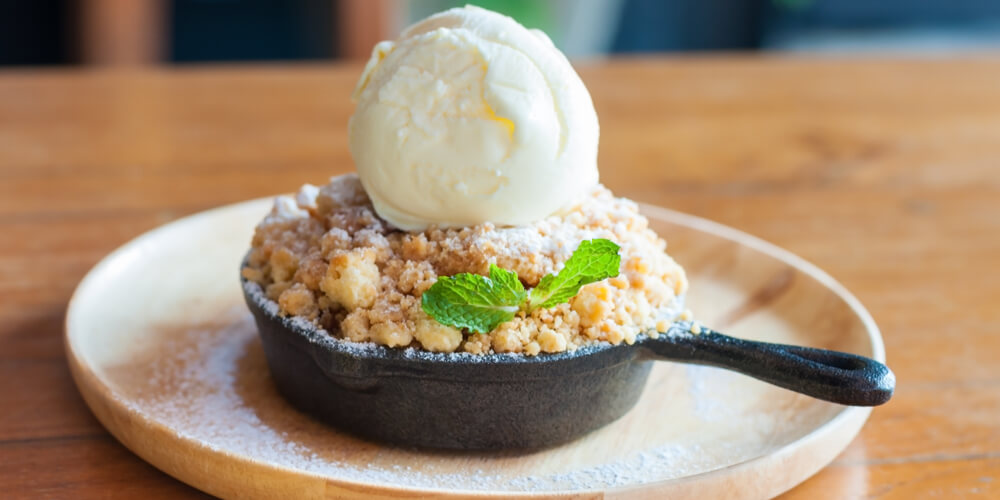
Ice cream sundae
Designed for both adults and kids, the retro ice cream sundae served in a tall cocktail glass is one of the best choices there is! No matter the weather, you’ll find Londoners in pubs treating themselves to scoops of ice cream served with delicious toppings in the form of a sundae. Although traditionally prepared with just a drizzle of chocolate sauce, nowadays you’ll find these desserts filled with all kinds of additions – from brownies and fudge, to Cadbury flakes and Malteser chunks.
Sticky Toffee Pudding
You wouldn’t believe it, but the sticky toffee pudding is named sticky for a reason! It’s a delightfully dense chocolate sponge cake that’s smothered in a sweet, toffee sauce. Most pubs and restaurants are generous enough to share a dollop of vanilla ice cream on the side of these gorgeously sweet dishes. The pudding may get a little stuck on your spoon, but it will taste delicious!
Apple Crumble
The desert that originated during World War 1 Britain, the apple crumble is one of the best after-dinner foods you’ll find at a British pub in London. It’s a golden-brown crusty touch of heaven, filled with sweet apples and a cinnamon sauce. The crispy crumble is famous for being served with a large bout of custard for a mouth-watering taste.
Cheesecake
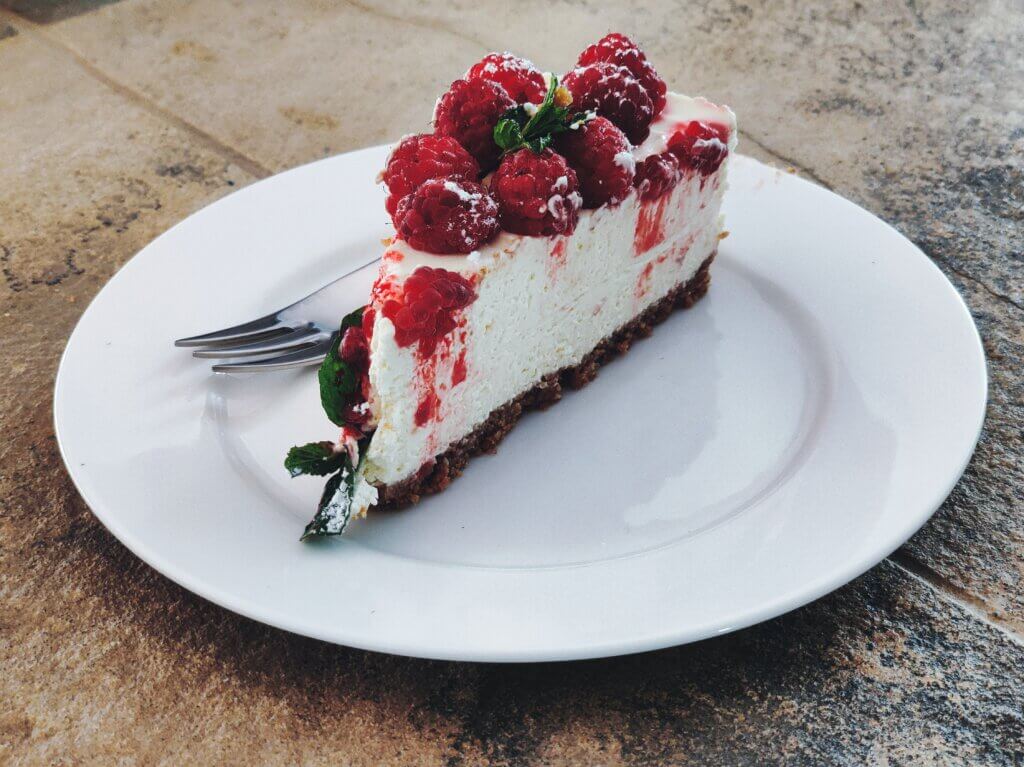
Although originating from ancient Greece, the pubs of London have welcomed the cheesecake with open arms! Now a set part of the menu in most British pubs, this pastry tart makes the perfect end to your dining experience. The texture is dense and the taste sweet and creamy. We now know why the Greeks have been enjoying this snack since the first Olympic games!
Bread and butter pudding
The historic bread and butter pudding used to be known as a frugal dish to make use of leftover bread. Nowadays, it’s a symbol of comfort served in trendy pubs and traditional taverns alike! It’s made from layered chunks of bread, sweet additives, and a delightful custard sauce. You’ll sometimes find the classic dessert topped with varying fruit for added flavour (and healthiness), like raisins, strawberries, or apples.
Ready to Take a Trip?
If your mouth is watering from just the sound of these famous foods, then check out our list of the best British pubs in London to see where you can grab a bite of this delicious food.


